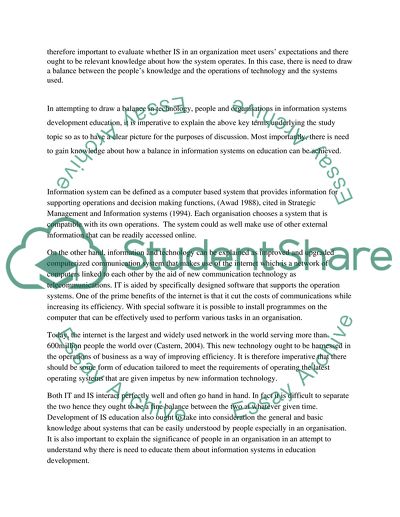Cite this document
(Balancing Technology and People Coursework Example | Topics and Well Written Essays - 1750 words - 1, n.d.)
Balancing Technology and People Coursework Example | Topics and Well Written Essays - 1750 words - 1. https://studentshare.org/information-technology/1548483-balancing-technology-people-and-organisations-in-information-systems-development-education
Balancing Technology and People Coursework Example | Topics and Well Written Essays - 1750 words - 1. https://studentshare.org/information-technology/1548483-balancing-technology-people-and-organisations-in-information-systems-development-education
(Balancing Technology and People Coursework Example | Topics and Well Written Essays - 1750 Words - 1)
Balancing Technology and People Coursework Example | Topics and Well Written Essays - 1750 Words - 1. https://studentshare.org/information-technology/1548483-balancing-technology-people-and-organisations-in-information-systems-development-education.
Balancing Technology and People Coursework Example | Topics and Well Written Essays - 1750 Words - 1. https://studentshare.org/information-technology/1548483-balancing-technology-people-and-organisations-in-information-systems-development-education.
“Balancing Technology and People Coursework Example | Topics and Well Written Essays - 1750 Words - 1”. https://studentshare.org/information-technology/1548483-balancing-technology-people-and-organisations-in-information-systems-development-education.


